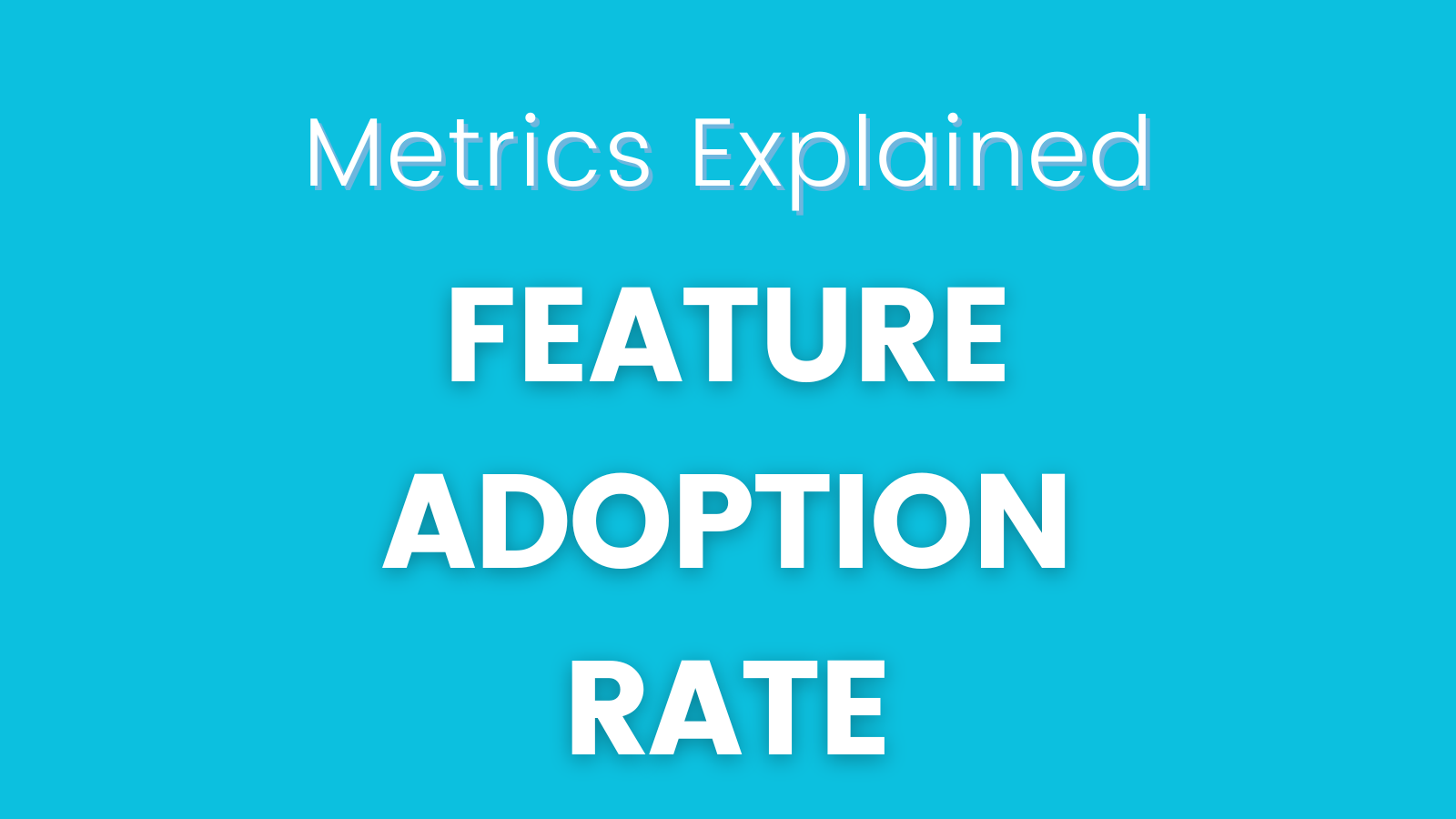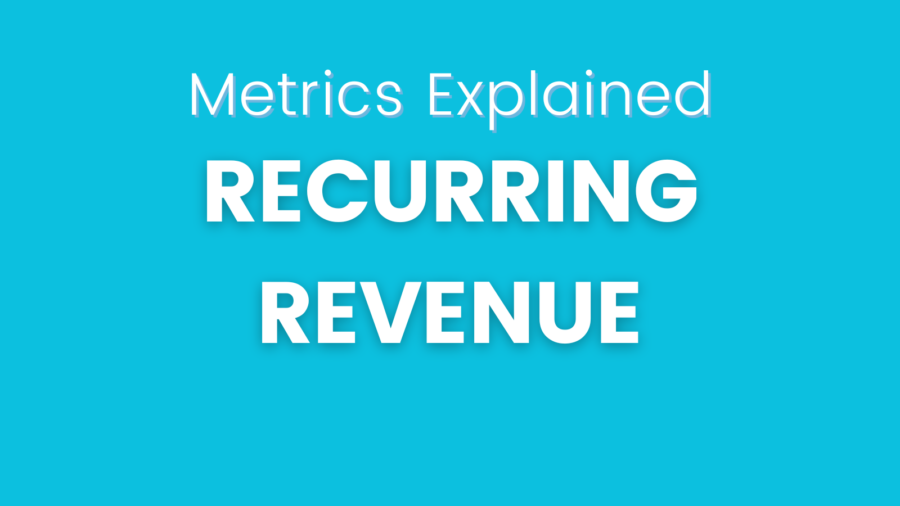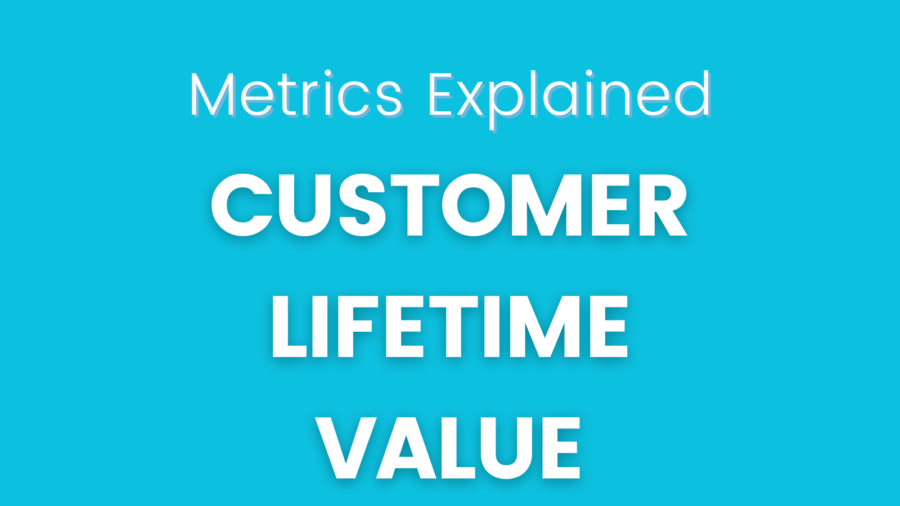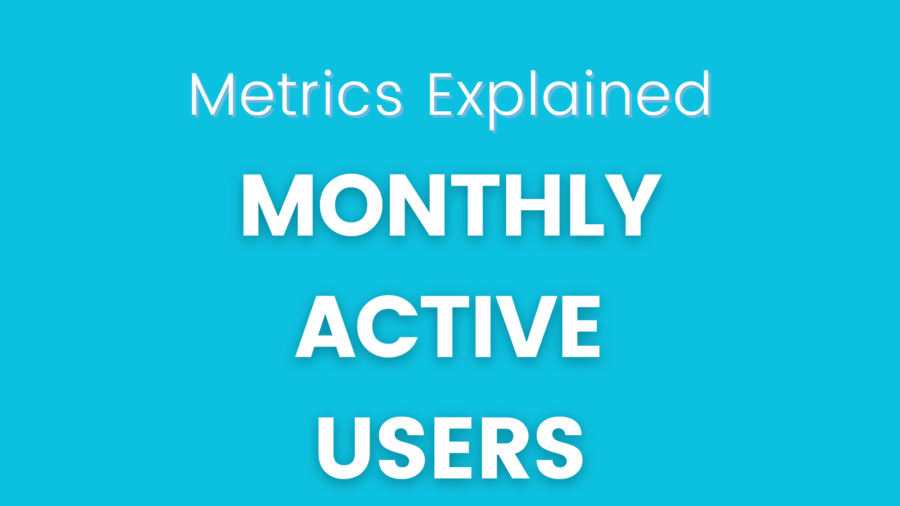Feature adoption rate is a significant metric in product analytics that measures the rate at which users or customers adopt a specific feature within a product or service. It provides valuable insights into user engagement with new functionalities and the overall success of feature launches. Calculating feature adoption rate helps businesses understand how well a particular feature resonates with users and whether it drives the desired level of engagement and value.

- Define the Time Frame and Feature:
To calculate the feature adoption rate, first, define the time frame for which you want to measure feature adoption. This time frame could be a week, month, or any other relevant period. Next, identify the specific feature you want to analyze and determine the criteria for considering a user as an adopter of the feature. - Gather Data:
Collect data on the number of users or customers who had the opportunity to adopt the feature during the defined time frame and the number of users who actually adopted it. Additionally, gather any other relevant data to segment users based on different user characteristics or behavior. - Calculate Feature Adoption Rate:
To calculate the feature adoption rate, use the following formula:
Feature Adoption Rate (%) = (Number of Users Who Adopted the Feature / Total Number of Users Who Had the Opportunity to Adopt the Feature) * 100
For example, if a new feature was available to 1,000 users, and 300 of them adopted it during the first month:
Feature Adoption Rate (%) = (300 / 1000) * 100 = 30%
In this example, the feature adoption rate for the first month is 30%, indicating that 30% of the users who had access to the new feature adopted it.
- Analyze and Optimize:
Interpreting feature adoption rate data allows businesses to evaluate the success of feature launches and identify factors that influence user adoption. A higher adoption rate suggests that the feature is well-received and valuable to users, while a lower adoption rate may indicate the need for improvements in feature design, user onboarding, or marketing efforts.
Businesses can make data-driven decisions to optimize feature offerings and enhance user experiences by regularly monitoring feature adoption rates and analysing user feedback. Implementing strategies to boost feature adoption, such as providing tutorials, targeted notifications, or personalized recommendations, can lead to higher engagement levels and increased user satisfaction, ultimately driving product success.
Check other metrics from our Metrics Explained series.





